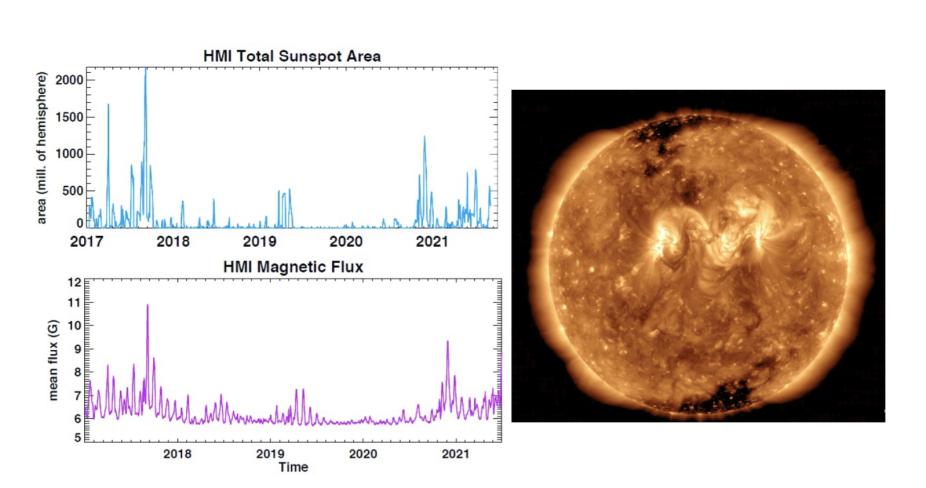JGR Space Physics: The Whole Heliosphere and Planetary Interactions (WHPI) is an international initiative to study the most recent solar minimum and its impact on the interconnected solar-heliospheric-planetary system by facilitating and encouraging interdisciplinary activities. Particular WHPI science foci include the global connected structure of the heliosphere and planetary space environments/atmospheres, the origins and impacts of high-speed solar wind streams, coronal mass ejections (CMEs) from Sun-to-Heliopause, and comparative solar minima. This is achieved through a series of coordinated observing campaigns, including Parker Solar Probe perihelia, and scientific virtual interactions including a dedicated workshop where observers and modelers gathered to discuss, compare, and combine research results. This introduction sets the scene for the WHPI interval, placing it into the context of prior initiatives and describing the overall evolution of the system between 2018-2020. Along with the accompanying articles, it presents a selection of key scientific results on the interconnected solar-heliospheric-planetary system at solar minimum.

The interval 2018–2020 was a long period of low solar sunspot number/solar magnetic activity, but it was briefly interrupted by a burst of old-cycle sunspot emergence and associated activity in April–June 2019. (left) Total sunspot area determined from Solar Dynamics Observatory (SDO) Heliseismic and Magnetic Imager (HMI) intensities (top) and associated magnetic flux (bottom), as a function of time during the WHPI solar minimum. (right) Nest of active regions during May, 2019, which resulted in multiple CMEs detected throughout the solar system (SDO/AIA image, obtained via helioviewer.org.)